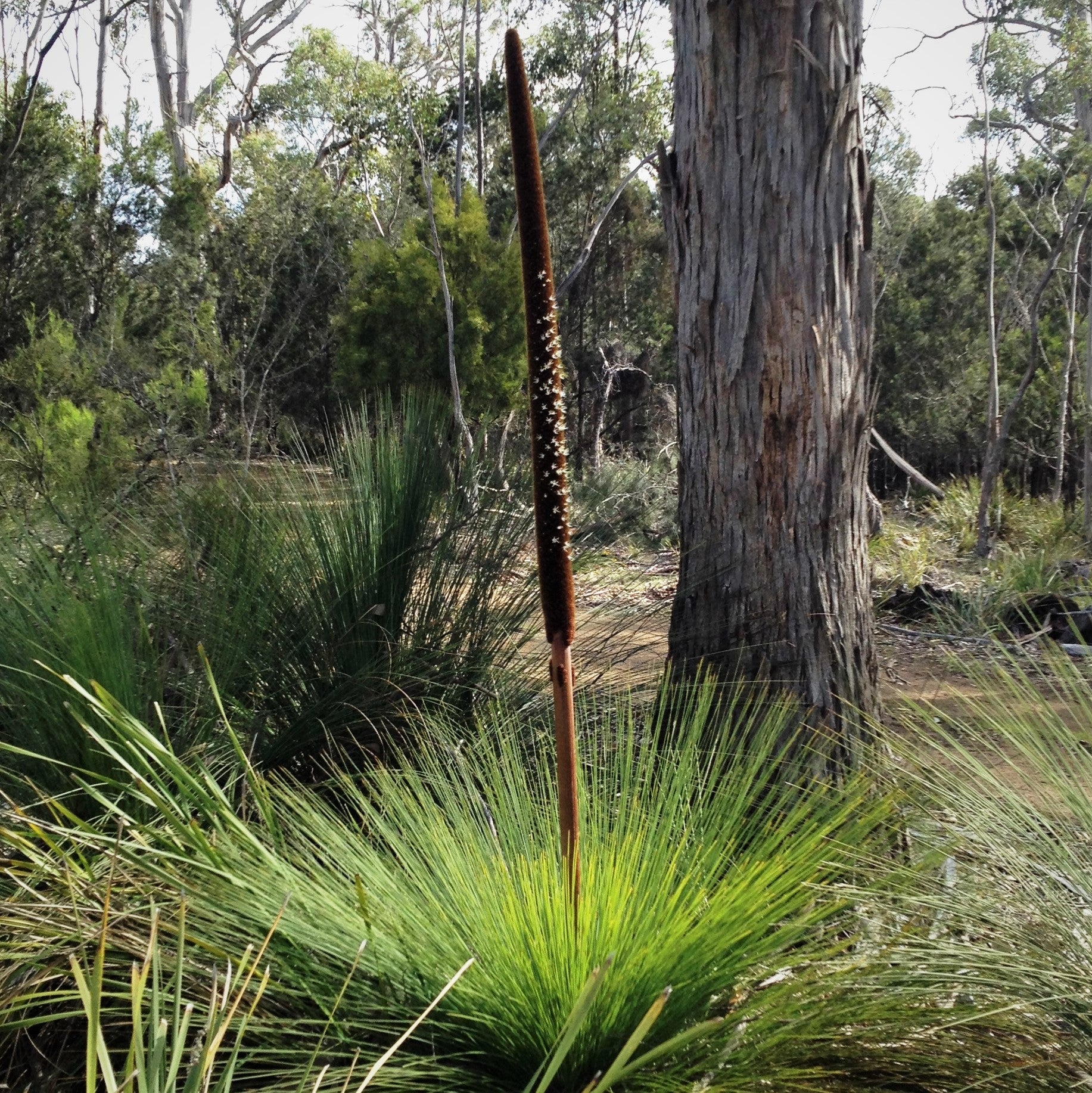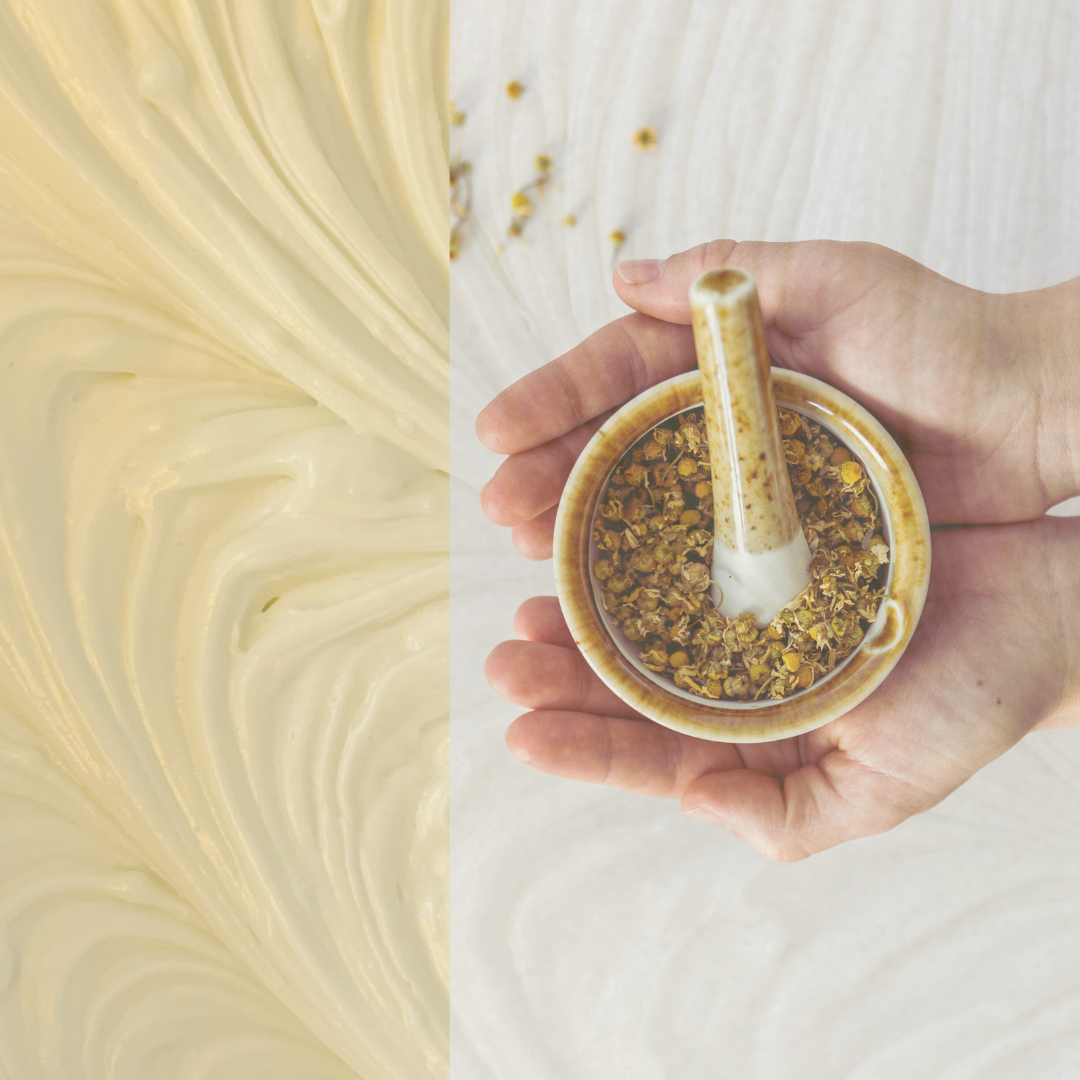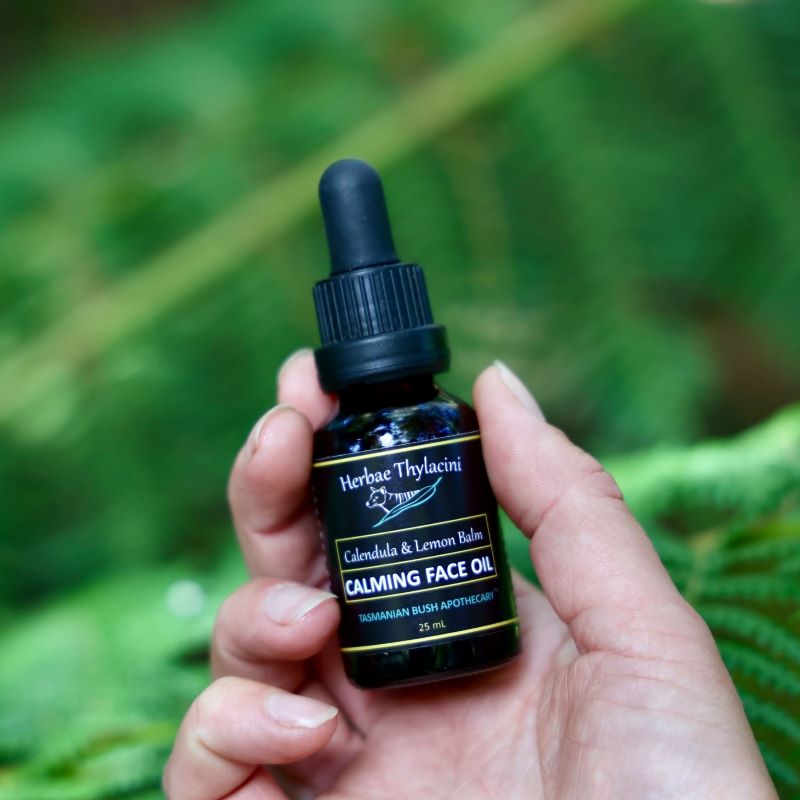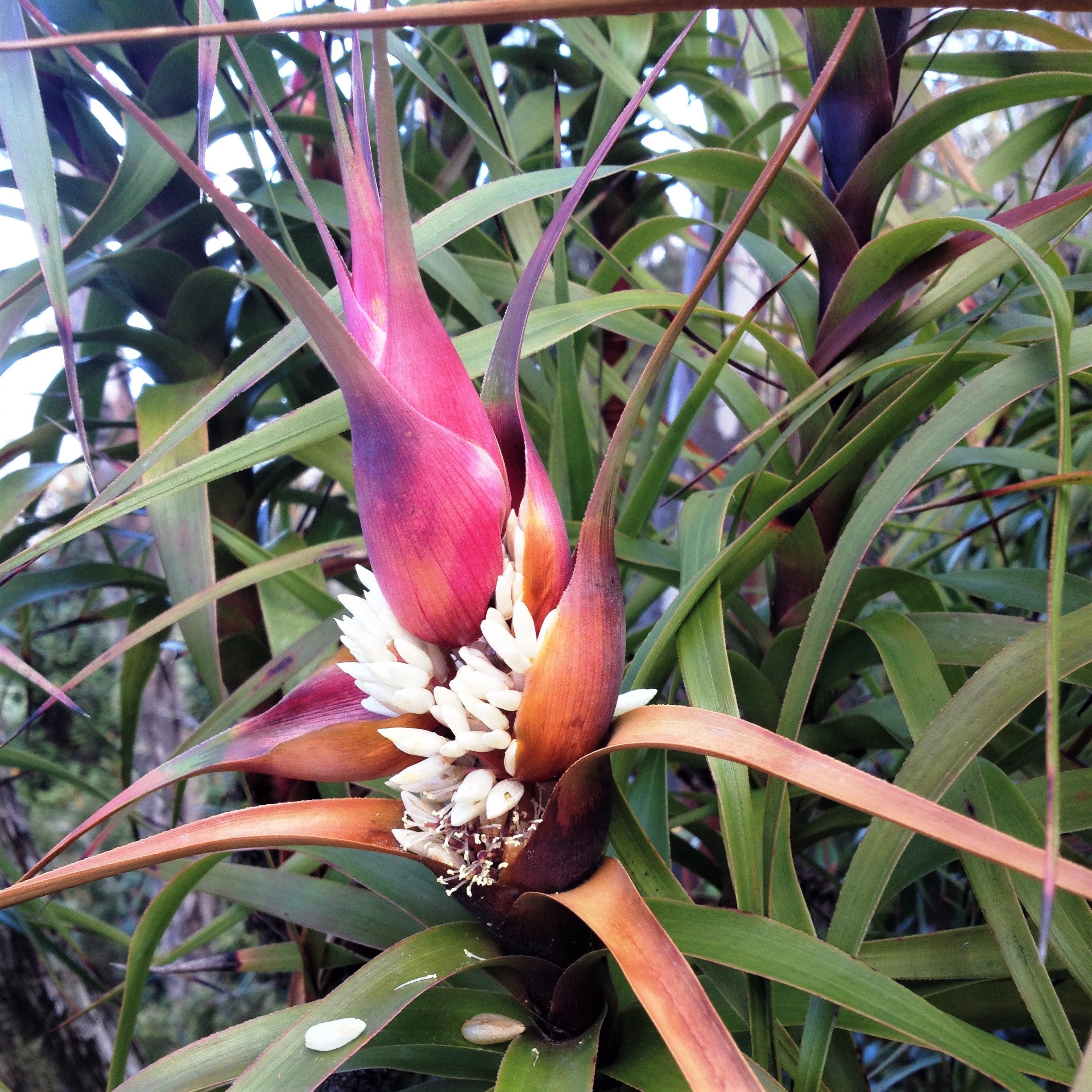
Xantorrhoea australis: Call me Grass tree not Black Boy
So much to be said about this native Australian plant. I took a photograph of her on Bruny Island during an afternoon walk to Mark’s Point on North Bruny last week. X. australis is most commonly referred to as “Grass Tree”. The trunk, which is not no be seen on this photograph, used to grow a couple of meters high. However, today such a height is rare. And so is, in fact, the entire species, therefore it is protected. X. australis easily becomes a victim of the soil-borne disease Phytophthora cinnamomi (root rot). The stem you can see on this photograph will be later completely covered by small white flowers. The flowering is stimulated by fire. The mechanism is not well understood, but it was found out, that mechanical wounding of the leaves has the same effect. The flowers produce sweet nectar, which the Indigenous Peoples consume, typically by soaking the flowering spikes in water to make a sweet beverage. The soft basal parts of the leaves have also been eaten. First Nations of Australia call this plant “yacca” (or “yamina” in Tasmania). The offensive nickname “Black Boy” was given to the plant by immigrant Australians.





